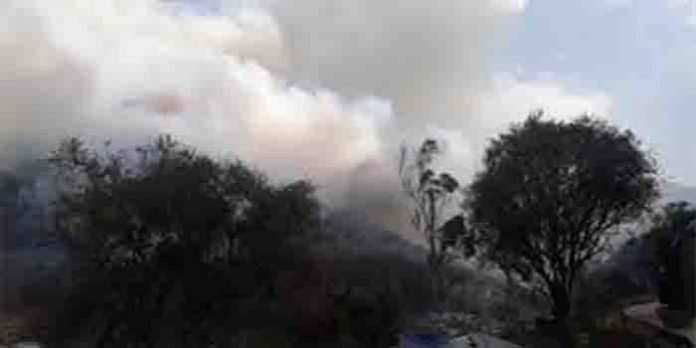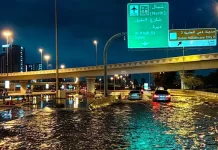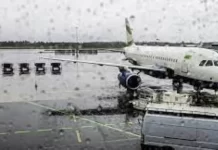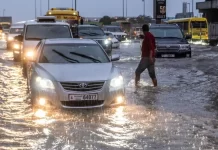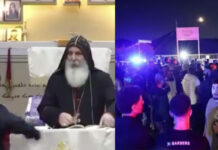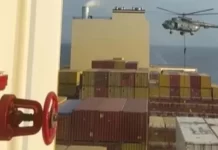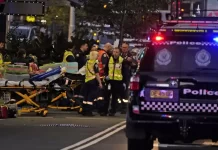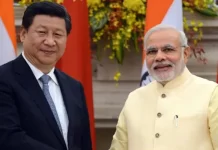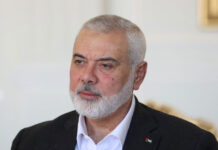More than 130 wildfires – fuelled by lightning strikes – are burning across western Canada following a record-breaking heatwave. Canada’s federal government said it would send military aircraft to assist emergency services in British Columbia battling to control the fires. Earlier this week, people had to flee the village of Lytton in the province. Lytton, which recorded Canada’s highest ever temperature of 49.6C (121.3F) on Tuesday, was later destroyed by fire.
The blaze in the village, which is home to some 250 people and located about 260km (160 miles) north-east of Vancouver, forced many residents to leave without their belongings on Wednesday evening. One of the most extreme events Canada has ever witnessed, more than 700,000 intracloud and cloud-to-ground flashes of lightning — from both fire clouds and regular thunderstorms — were recorded Wednesday over a 15-hour period. On Friday, the British Columbia Wildfire Service said that 136 fires were active across the province, and that about 12,000 lightning strikes had been recorded the previous day. “Many of those lightning strikes were hitting near communities,” said the service’s director of provincial operations Cliff Chapman. Hundreds more residents have been warned they may have to leave their homes.
A fire cloud, known as a pyrocumulonimbus cloud or pyroCb, typically forms when a fire rages with enough intensity that it creates updrafts of smoke, water vapor and ash that rise high into the atmosphere. These columns of air then cool and condense, forming clouds that can generate thunder, lightning and tornado-force winds.


